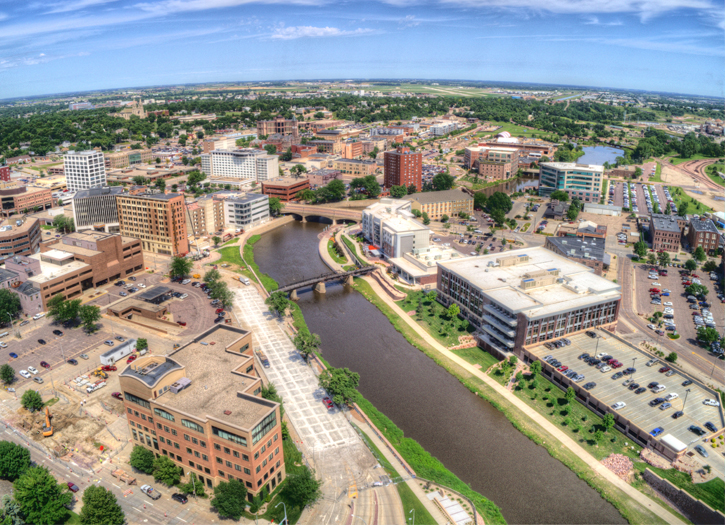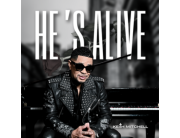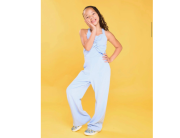The state of South Dakota reported its first cases on March 10. On September 29 South Dakota reported 259 new cases of COVID-19 and five deaths. There have been 21,997 cases, 1,511 hospitalizations and 223 deaths since the start of the pandemic.
As of mid-to-late September, South Dakota has been second only to North Dakota in new cases per-capita nationwide. The seven-day moving average of new cases in South Dakota as of September 29 was 401. By contrast, New York City, with a population 9.5 times that of South Dakota and a population density 2,300 times higher reported a 7 day average of 241 cases. The New York Times projected that South Dakota’s average rate of new cases had quadrupled since the end of the rally on August 16.
On April 9, over 80 employees at a Smithfield Foods pork processing plant in Sioux Falls were confirmed to have COVID-19. The plant announced it would suspend operations beginning April 11. By that day, Smithfield employees accounted for the majority of active cases in South Dakota. Some activity continued at the plant on April 14, as it planned to shut down completely. On April 15, 438 Smithfield employees tested positive for COVID-19.On June 4, Noem announced that Mount Rushmore’s Independence Day festivities on July 3 would go on as originally scheduled and planned, with no additional reduction in ticketed capacity (beyond the number of tickets having already been lowered to 7,500, in a decision that was made prior to the pandemic) or “enforcement” of social distancing, and with President Trump expected to attend.
Footage of a concert at Buffalo Chip Campground as part of the festivities showed wide defiance of mask-wearing and social distancing, and Smash Mouth lead singer Steve Harwell telling the audience to “fuck that COVID shit”. Public health notices were issued regarding possible exposures at a bar and a tattoo parlor in Sturgis, and a restaurant in Hill City, recommending that visitors monitor for symptoms. By August 26, the number of cases attributed to the rally had reached 70, including 35 cases in Minnesota, 17 in North Dakota, and seven cases in the Nebraska Panhandle. By September 2, the number had increased to 260.
In September, a non-peer-reviewed study was released by San Diego State University’s Center for Health Economics and Policy Studies, which projected that up to 260,000 COVID-19 cases were tied to the rally nationwide. The estimate was based on case trends following the event in the regions from which its attendees originated, as determined by cellphone data, rather than contact tracing — which an author of the study considered unfeasible due to the scale of the event. On March 13, Governor Kristi Noem declared a state of emergency. Schools were closed beginning March 16.An executive order was issued to encourage social distancing, remote work, and following the CDC guideline of capping enclosed spaces to 10 people at a time.The order was lifted May 11.
In contrast to the majority of states (but in line with other rural, Republican-led states such as Nebraska), Governor Noem resisted imposing a mandatory, state-wide stay-at-home order, having argued that “the people themselves are primarily responsible for their safety”, and that she wanted to respect their rights to “exercise their right to work, to worship and to play. Or to even stay at home”.Following the lead of President Donald Trump, Noem also promoted the unproven efficacy of hydroxychloroquine as a treatment for COVID-19 symptoms.In late-April 2020, Noem unveiled a “Back to Normal plan”, which contains guidance for migrating from the previous recommendations in areas where the rate of new cases had lessened.
Mayor of Sioux Falls Paul TenHaken introduced a proposal for a municipal stay-at-home order on April 14, but it was rejected by city council. On May 8, the “no lingering” ordinance was eased (“no mingling”) to allow restaurants to expand to capacity (subject to six-foot social distancing between patrons), and fitness, entertainment, and recreation facilities to expand to half of their licensed capacity.On August 25, it was reported that the University of South Dakota had 61 active COVID-19 cases, and 300 students self-quarantining.







Add Comment
You must be logged in to post a comment.